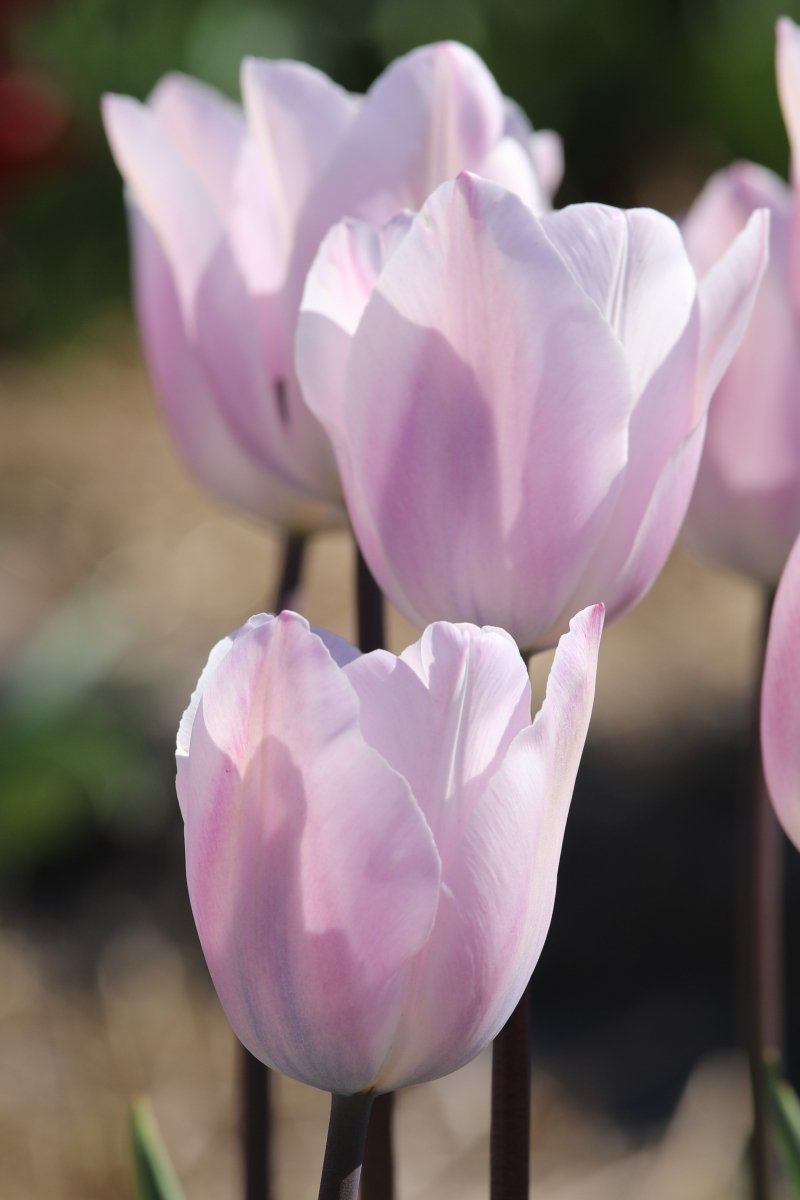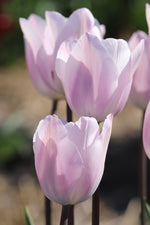
Silver Cloud
$20.80
Unit price perAbout Silver Cloud
Triumph Tulip Silver Cloud is a stunning spring bloomer with soft, silvery-lavender petals and a classic tulip shape. Its elegant look and sturdy stems make it perfect for garden borders, flower beds, and spring bouquets. With reliable blooms and strong performance, Silver Cloud adds a calm and graceful touch to any outdoor space.
-
Soft lavender blooms with a silvery sheen
-
Grows up to 16 inches tall on strong, wind-resistant stems
-
Blooms in mid-spring with long-lasting flowers
-
Ideal for borders, containers, and cut flower arrangements
-
Cold-hardy and dependable year after year
How to plant and take care of Triumph Tulip Silver Cloud:
-
Plant bulbs in fall, 4-6 inches deep and 4 inches apart
-
Choose a sunny or lightly shaded spot with well-draining soil
-
Water after planting and keep soil moist during growth
-
Add a balanced bulb fertilizer in early spring
-
Remove spent blooms to help the bulb conserve energy
-
Allow foliage to die back naturally before cutting
FAQs

